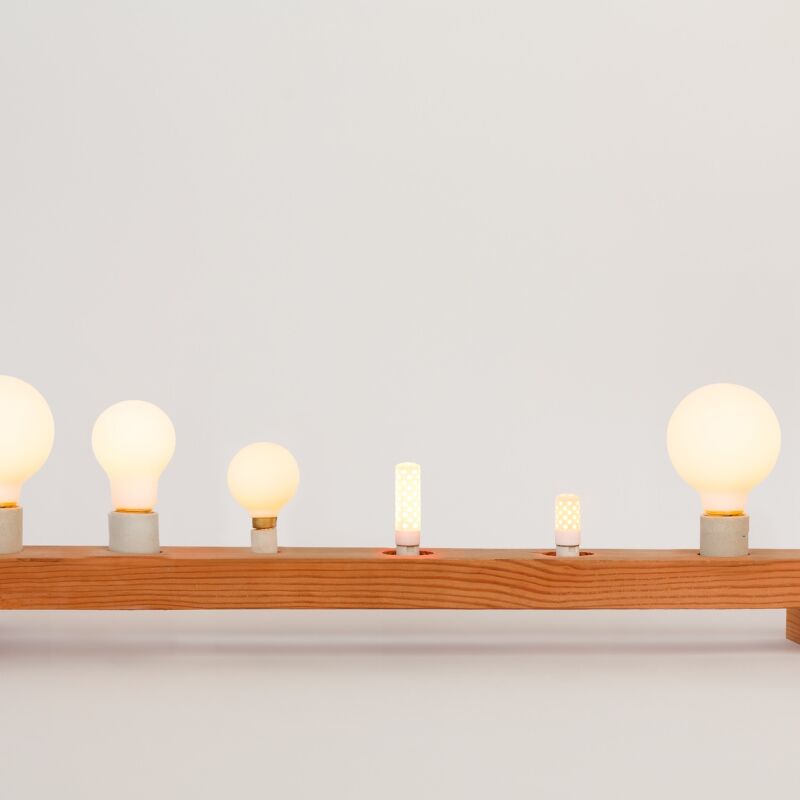Born and raised in Germany, Corinna and Theresa Williams are the sisters behind the eco-friendly Williamsburg, Brooklyn, laundromat Celsious. Frustrated with the dingy laundromats they encountered in the States, they left careers in graphic design and fashion, respectively, to open a well-designed and welcoming laundry-meets-lounge that champions sustainable best practices. At Celsious, customers get a complimentary cup of natural laundry powder with each load, and can head upstairs to the mezzanine for kombucha while they wait for their wash.
Here, Corinna and Theresa share six tips for a greener laundry routine:

1. Stop using fabric softeners and dryer sheets.
“They’re bad for the planet, bad for your health, and ultimately not necessary,” says Theresa. Instead, add distilled white vinegar to your wash as a natural softener.
2. Choose nontoxic laundry soaps.
“Conventional detergents usually contain a mix of endocrine disruptors, neurotoxins, and cancer-causing ingredients,” notes Corinna. “The petroleum-derived synthetic scents of most conventional detergents are designed to stick to your clothes. Not only will you carry all these chemicals against your skin, but you will also breathe them in as they become airborne.”

3. Wash less frequently.
Most clothes don’t need to be laundered after each wear. The less you wash, the less water and energy are consumed, and the less your clothing sheds microfibers.
4. Switch to cold water.
Unless your laundry is seriously dirty, it will still come out clean with a cold wash. Heating water consumes 90 percent of the energy used during a wash cycle, so even setting your machine to “warm” instead of “hot” can make a notable difference. (For more on the topic, see Why It’s Better to Wash Your Clothes in Cold Water, Eco Edition.)

5. Dry smart.
First, make sure the spin cycle on your washer is set to “high” to ensure that as much moisture as possible gets extracted. “Then, if you’re going to use the dryer, use the lowest temperature, if possible,” advises Theresa. Running the machine for a longer time at a lower temperature is more efficient than running it faster at a higher temp.
6. Just say no to dry cleaning.
“We’ve seen Dry Clean Only’ tags on pretty much everything, from 100 percent cotton garments to cellulose-fiber-based textiles made of rayon or lyocell. And a lot of wool and cashmere sweaters,” says Corinna. “All of the above can be washed with water and do not require the use of chemical solvents, which is what dry cleaning is.” If you must patronize a dry cleaner, find one that either uses liquid carbon dioxide (a safe, naturally occurring gas) or employs the wet-cleaning method, which relies on nontoxic, biodegradable detergents.
N.B.: These tips are from our latest book; for more easy-to-adopt eco tips for all over the house, check out Remodelista: The Low-Impact Home.
And for more laundry-specific suggestions, see:




Have a Question or Comment About This Post?
Join the conversation (0)